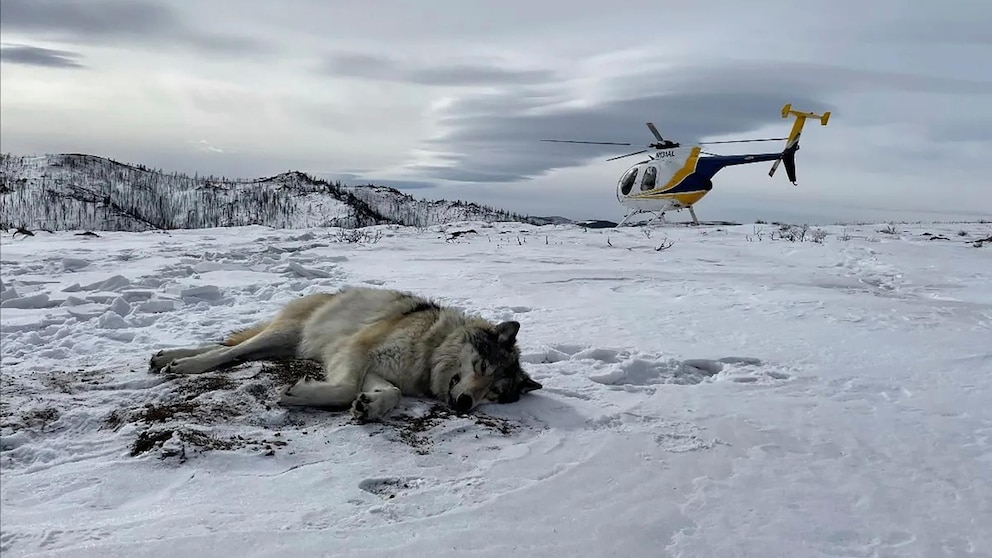Lawsuit Filed by Colorado Cattle Industry Against Wolf Reintroduction as Animals’ Release Approaches
As the highly anticipated reintroduction of wolves in Colorado draws near, tensions between conservationists and the cattle industry have reached a boiling point. The Colorado Cattlemen’s Association (CCA) recently filed a lawsuit against the state’s plan to reintroduce wolves, citing concerns over potential conflicts with livestock and the livelihoods of ranchers. This legal battle highlights the complex and often contentious relationship between wildlife conservation and agriculture.
The lawsuit comes as the Colorado Parks and Wildlife (CPW) prepares to release a pack of gray wolves into the state’s western regions by the end of 2023. The reintroduction program aims to restore a natural balance to ecosystems, enhance biodiversity, and promote a healthier environment. However, the cattle industry argues that the presence of wolves poses a significant threat to their livestock and economic stability.
The CCA claims that the CPW’s plan lacks adequate measures to protect livestock from wolf predation. Ranchers fear that the reintroduction will lead to increased attacks on their cattle, resulting in financial losses and potential hardships for their businesses. They argue that previous reintroduction efforts in other states have resulted in devastating consequences for livestock producers, with wolves preying on their animals and disrupting their operations.
The lawsuit also raises concerns about the potential impact on public safety. While proponents of wolf reintroduction argue that wolves generally avoid human contact, opponents worry about potential conflicts between wolves and humans, particularly in rural areas. They fear that encounters with wolves could pose risks to outdoor enthusiasts, hikers, and even children waiting for school buses in remote areas.
Conservationists, on the other hand, emphasize the ecological benefits of wolf reintroduction. Wolves play a crucial role in maintaining healthy ecosystems by controlling populations of prey species such as deer and elk. Their presence helps regulate herbivore populations, preventing overgrazing and promoting the growth of diverse plant communities. This, in turn, benefits other wildlife species and enhances overall ecosystem resilience.
Proponents of wolf reintroduction also argue that the CPW’s plan includes measures to mitigate conflicts between wolves and livestock. These measures include compensation programs for ranchers who experience losses due to wolf predation, as well as funding for non-lethal deterrents such as electric fencing and guard animals. They believe that with proper management and cooperation between conservationists and ranchers, coexistence is possible.
The lawsuit filed by the CCA raises important questions about the balance between wildlife conservation and the interests of the cattle industry. It highlights the need for comprehensive planning, collaboration, and ongoing dialogue between stakeholders to address concerns and find mutually beneficial solutions.
Efforts to reintroduce wolves have been successful in other states, such as Yellowstone National Park, where the presence of wolves has had positive ecological impacts. However, each region presents unique challenges and requires tailored management strategies to ensure the coexistence of wolves and livestock.
As the legal battle unfolds, it is crucial for all parties involved to engage in constructive dialogue and seek common ground. Finding innovative solutions that protect both wildlife and the livelihoods of ranchers is essential for fostering a sustainable future for Colorado’s ecosystems.
Ultimately, the outcome of this lawsuit will have far-reaching implications for wildlife conservation efforts and the cattle industry not only in Colorado but also across the United States. It serves as a reminder that finding a balance between human activities and the preservation of natural ecosystems is a complex task that requires careful consideration of multiple perspectives.



